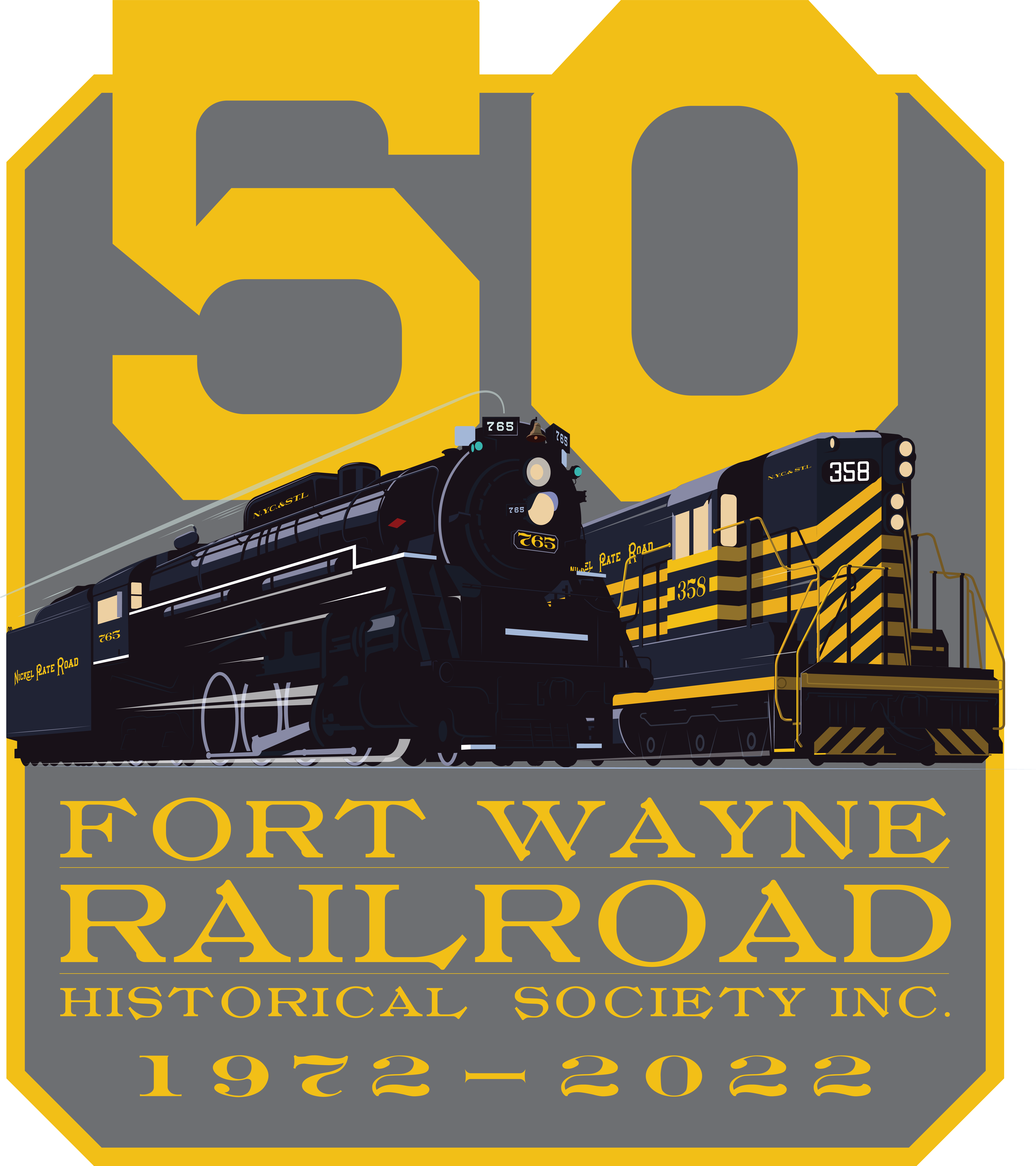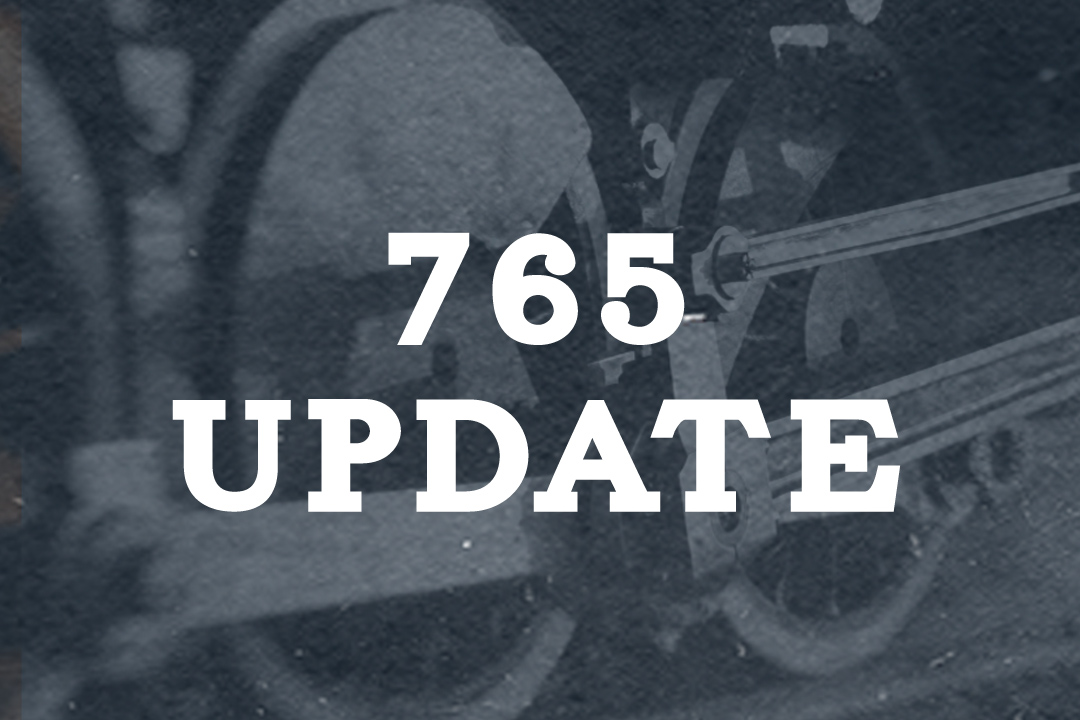Submitted by Steve Winicker.
LAST WEEKENDS SHOP ACTIVITY
Despite the intrusion of a planning meeting for the board quite a bit of work was done. The 765 saw the steam dome removed and the dry pipe blanking plate installed by Chuck Young and crew. The steam dome cap was then replaced getting it ready for the upcoming Hydrostatic test scheduled for April 10th (tentative) Sarah, Chuck, Mike and Derick worked on getting the buffer spring compressed. It is close to being tight but we will get the keepers off the pin and see if it drops out. My experience would indicate we need to put a few more twists on the nuts. Jim and Robbie removed the ash pan door which was found to have some cracking where the operating lever is fastened to it. This will be further inspected, and any needed repairs applied over the next few weeks.
UPCOMING ACTIVITIES
Provided we have a few helpers I plan to separate the engine and tender next week extract and clean the drawbars. In the following weekends assuming no repairs are needed we will reassemble the engine and tender. Some additional plumbing is scheduled to be applied to the rail washer piping to improve functionality and ease the clean up work. Still awaiting parts for the firebox door and the oil distributor.
SAFETY SENSE
Confined Space…. A confined space does not necessarily mean a small, enclosed space. It could be rather large, such as a ship’s hold, a fuel tank, or a pit.
One of the first defining features of a confined space is it’s large enough to allow a person to enter and perform work. The second defining feature is it has limited means of entry or exit. Entry may be obtained through small or large openings and usually there is only one way in and out. The third defining feature is that confined spaces are not used for continuous or routine occupancy of work.
Although the danger in a confined space is frequently obvious, the type of danger often is not. For example, a confined space with sufficient oxygen initially might become an oxygen-deficient space once a worker begins welding or performing other tasks.
Some of the reasons confined spaces are hazardous are as follows….
- Lack of adequate ventilation can cause the atmosphere to become life threatening because of harmful gases from activities such as coating the space interior with corrosion inhibiting materials. Lack of ventilation can also result in oxygen levels falling to dangerously unsafe levels.
- The oxygen content of the air can drop below the level required for human life.
- Many gases are explosive and can be set off by a spark, dependent upon the gas concentration.
- Confined spaces often have physical hazards such as baffles and /or intrusive piping systems.
- Egress from the space may be difficult if a worker is injured or otherwise incapacitated.
- Loose materials that can engulf or smother a person. Think about cutting coal in the tender.
Before entering any confined space, it should be tested to determine if any harmful gases are present and there is sufficient oxygen. There must also be contact with an attendant outside the confined space and sufficient personnel at the ready in case of an emergency.
The specific hazards and required work procedures, including the proper PPEs required, will be covered in the Pre-Job Briefing in which all workers are required to actively participate.
Confined spaces can be dangerous work locations but by following the proper work and safety rules and using your PPEs those dangers can be managed so no one incurs an injury.


